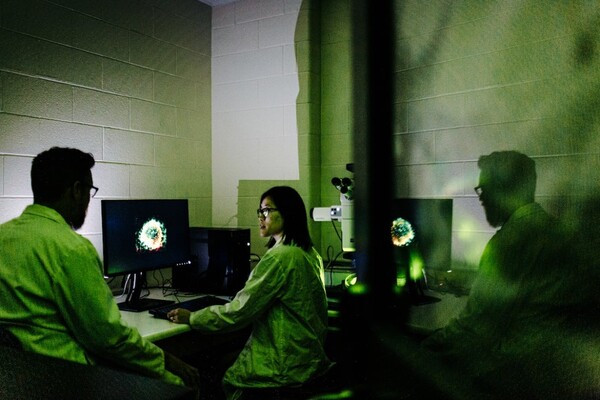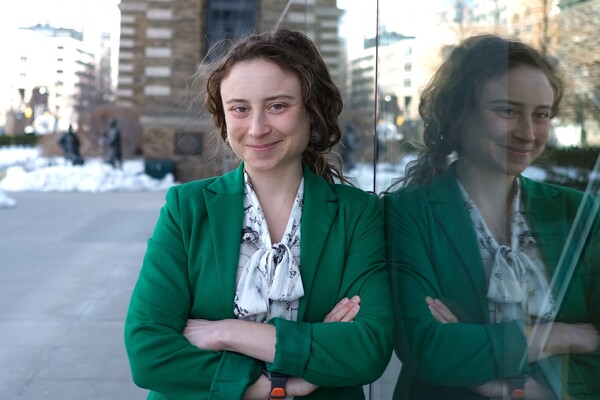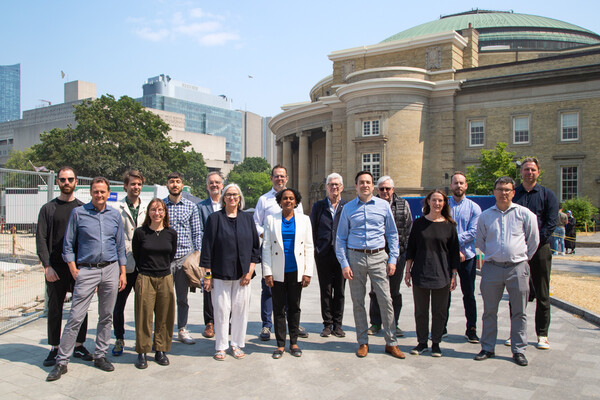Faces of U of T Medicine: Vijay Shahani
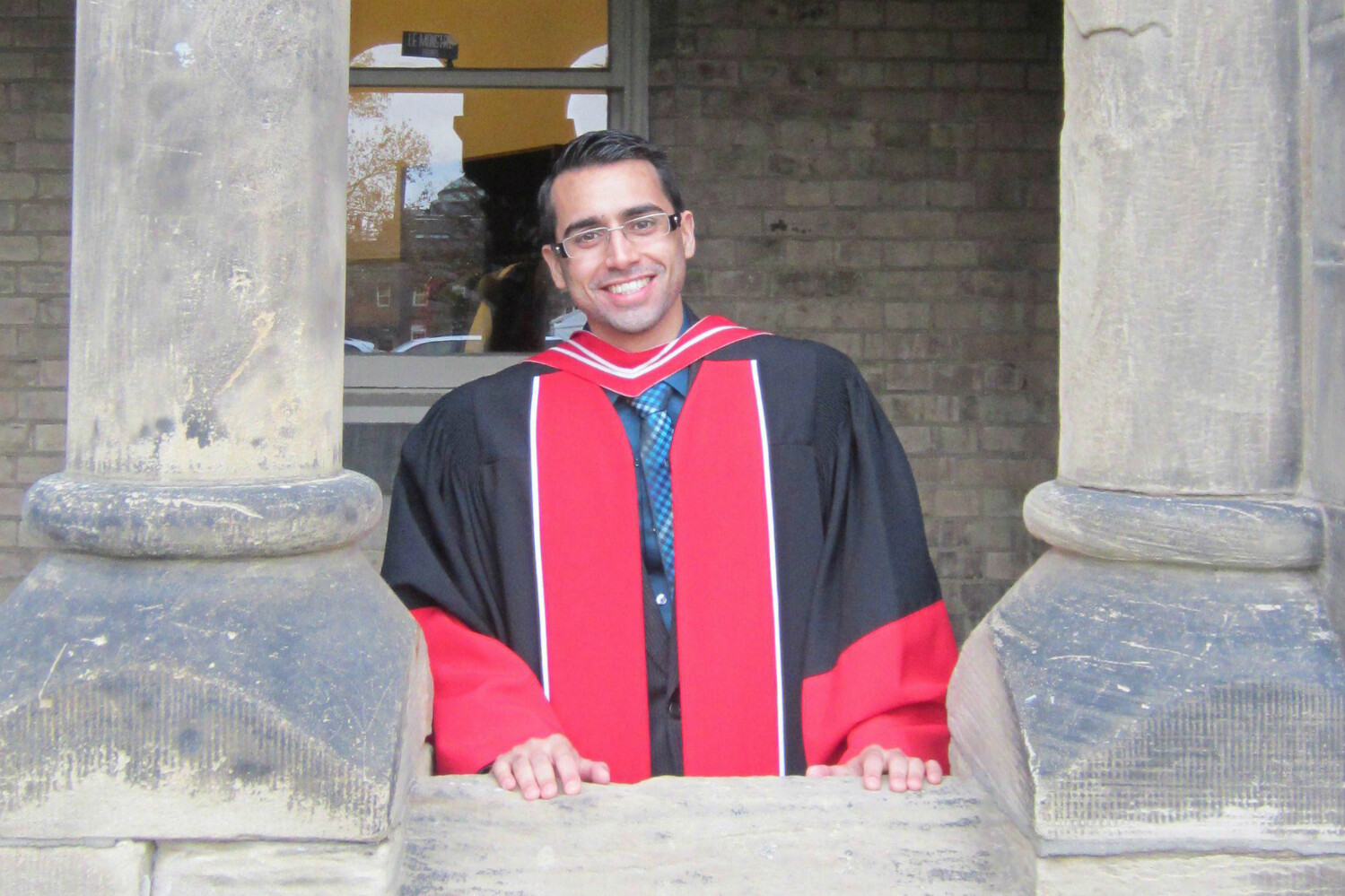
Suniya Kukaswadia
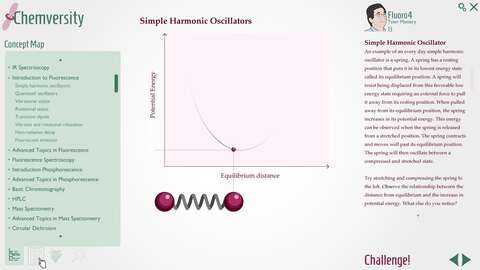
Vijay Shahani knows just how confusing chemistry can be. To help budding scientific minds better understand complicated concepts, he has developed Chemversity, a computer program meant to help students and educators alike. He spoke to us about his work.
Name: Vijay M. Shahani
Program/year: Biomedical Communications, 2nd year
Role/position: Master’s Student.
Tell us about your work.
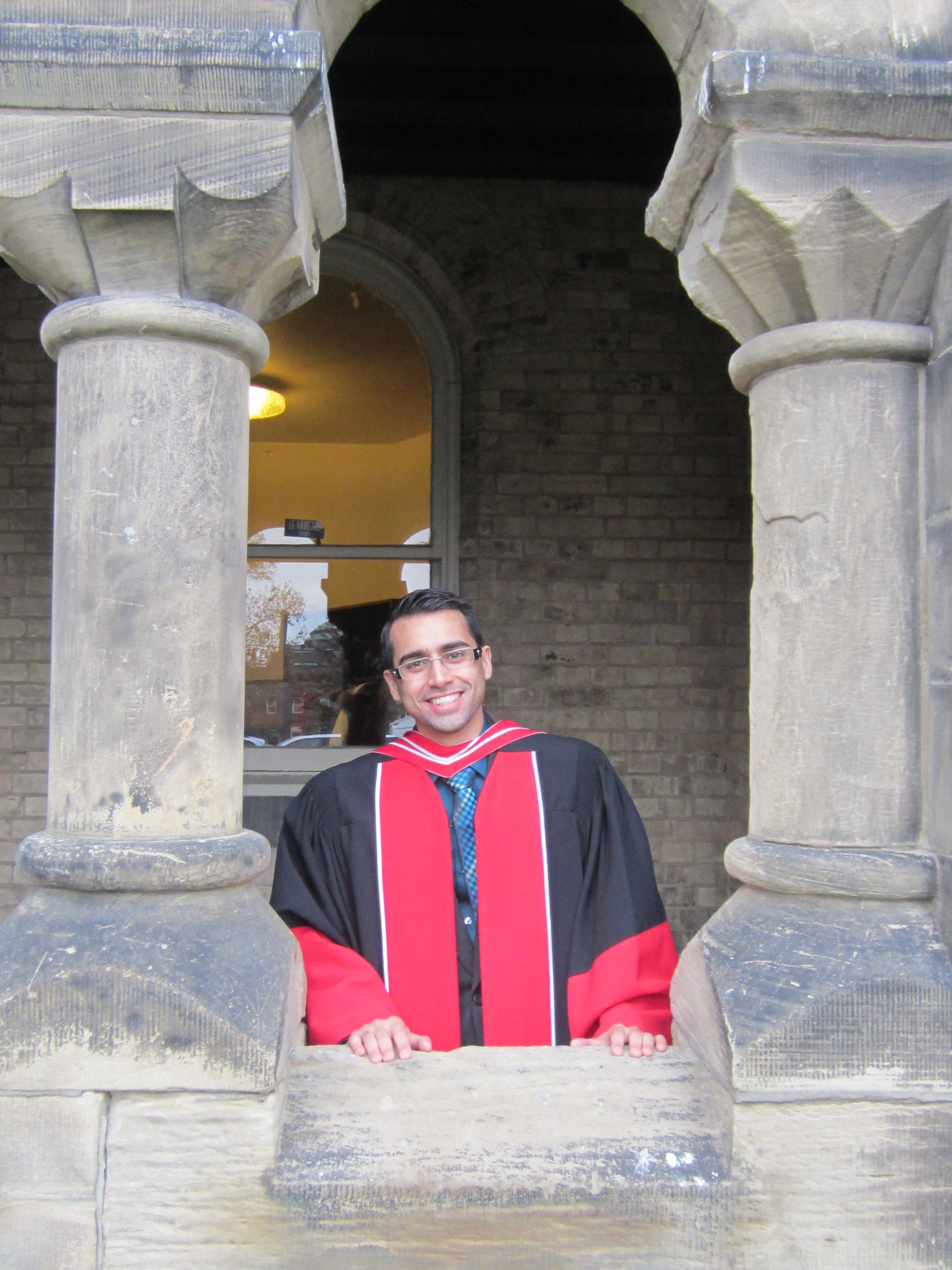
You need a solid understanding of chemistry to truly appreciate health sciences. Chemical concepts are often hard to convey given their abstract and interconnected nature. Another major challenge is dealing with chemistry’s vast scale, from chemical reactions like fires (combustion) down to the unobservable atom. Given these challenges, teachers often have to rely on several strategies for conveying information. One of these strategies involves using every day analogies to provide a basis for understanding novel concepts. While analogies are a great way to familiarize students with new concepts, they are not perfect and can often lead to misconceptions. Another strategy is to provide students with several visual and textual representations of chemical concepts in order to establish as complete a concept model as possible.
I want Chemversity to be a comprehensive instructional module for teaching chemistry. The interactive tool will make use of current technology and motivational strategies to enrich the learning experience. While assembling this tool, we will explore different analogies and evaluate them for their effectiveness at explaining certain chemical concepts. We’ll also dynamically link different chemical representations to help foster better understanding.
What inspired you to develop the program?
There were several motivations behind the development of this project. I’m really interested in science education. As both an instructor and a student I have witnessed the impact that the presentation of information can have on a student’s understanding. I wanted to use technology to produce a tool students will enjoy using and that will give them a deeper understanding of challenging concepts. Chemistry is filled with principles that are challenging and would benefit from clear representations and a stimulating learning environment.
While textbooks will always be a great place to hold information, their static nature makes them less engaging in a world full of distractions. I hope the interactive nature of the tool will make it easier for students to use it. Furthermore, having a log-in system whereby students can track their progress is a common feature of online learning systems that help motivate students. In addition, allowing students to track the progress of their peers may boost a student’s motivation to learn while exploring the tool.
What do you find most exciting about biomedical communications?
During my doctoral research in medicinal chemistry, I found it was hard to explain my research to friends, family, and even fellow colleagues. Often times, a long-winded explanation could be succinctly conveyed in a quickly sketched diagram. I came to appreciate the impact visual storytelling can have on the way we present science. At its core, biomedical communications is a program dedicated to teaching the skills needed to become an adept visual storyteller. It is exciting for me to learn new ways to convey information, especially techniques and strategies from a world-class set of instructors. I am excited to use the skills that I have learned in this program to make science accessible to more audiences.
What do you hope to accomplish with the program?
I hope that the program I am developing during my research project will be a great foray into the world of interactive education, particularly within the field of chemistry. As well, I hope instructors will see the benefit of supplementing their teaching by making use of this tool within their course curriculum.
How do you think your work will impact your future career?
The work I am doing now lends nicely to my ideal vocation, which is a science communicator. The BMC program has given me the tools I need to tackle the challenges faced when trying to convey science to a range of audiences. I would like to use the skills I have acquired to continue the production of interactive educational tools for the sciences.
Also, given my education background, I can aid researchers with communicating their projects to wider audiences. Finally, a major passion of mine is teaching, so I would love to combine all my skills and help educate a new generation of scientists while also doing some investigations of my own into aspects of science education.
What's your favourite thing about the Faculty of Medicine?
One of my favourite aspects of the BMC program being housed within the Faculty of Medicine is our interaction with first-year medical school students. We get to foster relations with fledging doctors, which will surely lead to interesting collaborations and inventions in the future. Furthermore, getting to know these unique and talented individuals has been an eye opening experience and left me with a sense of pride in the doctors graduating from the Faculty.
Faces of U of T Medicine introduces you to some of the interesting men and women studying in the Faculty of Medicine. From advising political leaders to providing care to Toronto’s most vulnerable populations, our students are making an impact on communities at home and around the world.
Do you have an interesting story to share? Send us an email at medicine.communications@utoronto.ca
News
